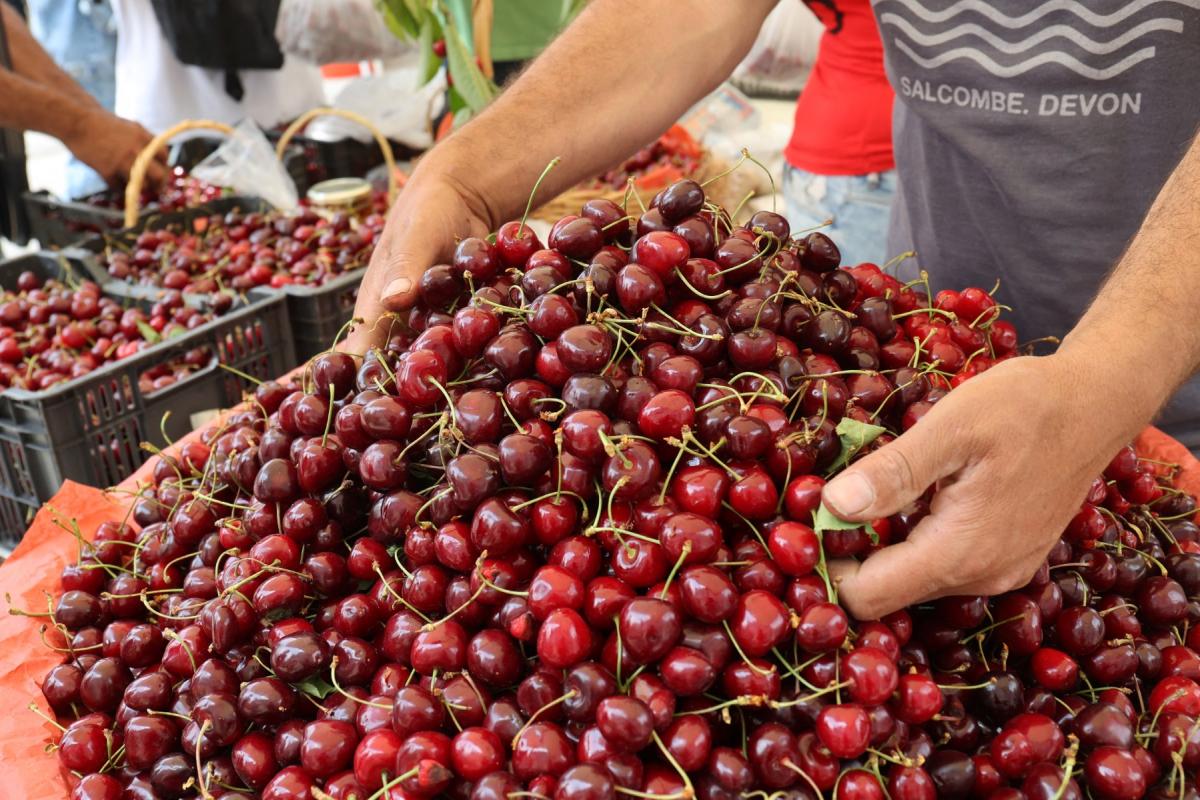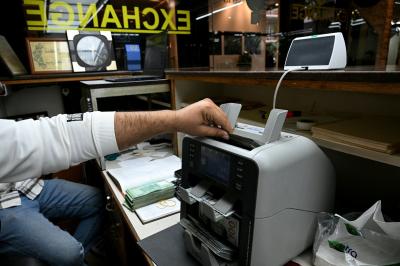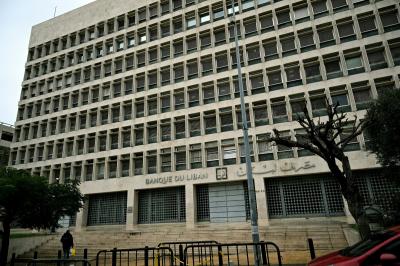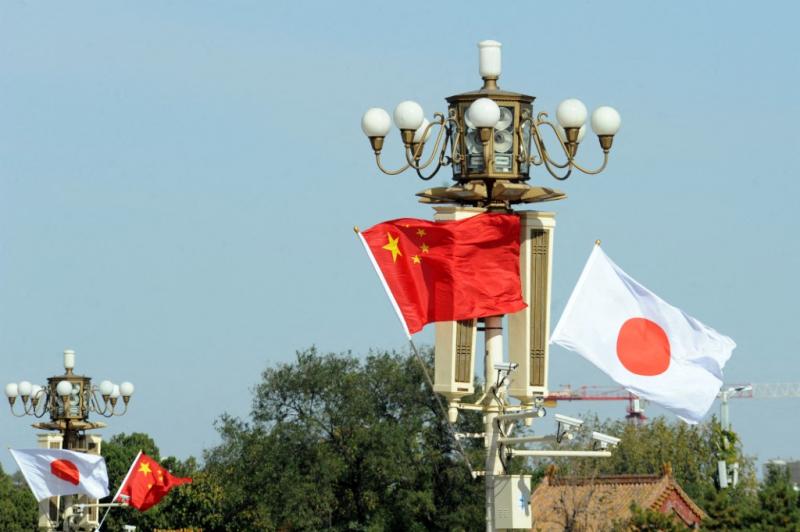Between May and June each year, Lebanon’s mountains shed the last traces of winter and bloom in hues of pink, white, and violet as fruit trees come to life. While no fruit holds a monopoly on importance, their value lies in the income they generate for farmers navigating the growing costs of living. Amid this colorful abundance, one fruit stands apart, though it remains under-cultivated compared to others: the cherry. Praised for its sweetness and visual appeal, the cherry has even inspired a popular French expression—“C’est la cerise sur le gâteau” (It’s the cherry on the cake)—a nod to its role as the perfect finishing touch. Yet despite its symbolic stature, the cherry tree receives far less attention in Lebanese agriculture and faces mounting natural and logistical challenges.
A Season Devastated by Climate Change
This year’s cherry season fared no better than the last. Climate fluctuations dealt a severe blow to cherry blossoms, stripping them of their fertility. Spring brought with it erratic temperature swings, with sudden drops below freezing followed by unseasonably high heat conditions that decimated blossoms during the pollination phase. According to Tony Tohme, head of the Economic Committee at the Chamber of Commerce, Industry, and Agriculture in Zahle and the Bekaa, this has slashed production by 80 percent, reducing annual output from approximately 30,000 tons to just 6,000 tons.
Export Barriers and Soaring Prices
The steep decline in cherry production hasn’t just hurt exports—it’s also driven up domestic prices. “Wholesale prices per kilogram now range between 400,000 and 600,000 Lebanese pounds,” says Naim Khalil, head of the Syndicate of Fruit and Vegetable Importers and Exporters in Lebanon. Premium-quality cherries can fetch over one million pounds in retail markets. This sharp drop in supply comes at a time when many Gulf and Arab markets have reopened to Lebanese goods, lifting previous bans on agricultural and manufactured imports. “Except for Saudi Arabia, all regional markets are now accessible,” Khalil confirms.
Still, Saudi Arabia’s role is critical—not necessarily as a direct importer, but as a gateway. Land routes through Saudi Arabia provide the most efficient connection to other Gulf nations such as Kuwait, the UAE, Oman, Bahrain, and Yemen. They reduce both time and transport costs, preserve product freshness, and offer Lebanese exporters a competitive edge in pricing—an advantage crucial for sustaining farming livelihoods and supporting the national economy.
The Syrian Detour and the Costly Toll
Reopening land routes through Saudi Arabia might solve a large part of the export puzzle, but it’s far from a comprehensive fix. “As long as transit costs through Syria remain high, Lebanese agricultural products will struggle to compete in Arab markets,” says Georges Hanna Fakhry, member of Lebanon’s Economic, Social and Environmental Council. What used to cost $100 per truck has skyrocketed to more than $2,500 since 2018—a financial burden that has crippled exporters and drastically reduced land-based trade.
“At the recent ‘Agriculture is the Pulse of the Land’ conference organized by the Ministry of Agriculture, I raised this issue in the presence of the Syrian Minister of Agriculture,” Fakhry added. He urged Syrian authorities to lower transit fees, simplify export procedures, and enforce a fair agricultural calendar that is immune to manipulation by intermediaries. Protecting farmers from exploitation and ensuring their profitability, he argued, must be a shared priority.
Beyond Logistics: Addressing Quality and Safety
Even if logistical challenges are resolved, Lebanese fruits and vegetables face another formidable hurdle: quality standards. Exports are often rejected due to excessive pesticide residues and contamination from polluted irrigation. This not only costs Lebanon valuable foreign currency from lost export opportunities but also jeopardizes public health at home, leading to increased healthcare costs and undermining consumer trust.
What’s urgently needed, experts say, is a widespread rollout of agricultural education programs, improved farming practices, and a commitment to cleansing agricultural lands of wastewater pollution.
A Strategic Push for Cherry Export Readiness
In response to these challenges, the Chamber of Commerce, Industry, and Agriculture in Zahle and the Bekaa has launched the first workshops of a national program aimed at preparing Lebanon’s cherry exports for the European Union. The program, implemented in collaboration with the Ministry of Agriculture, is a strategic initiative to enhance food security and open new export pathways for Lebanese agricultural products.
“This six-month program targets 75 farmers and 10 exporters across key cherry-producing areas including Qaa al-Reem, Wadi al-Araish, Badnayel, Ainata, Baskinta, and Hammana,” says Silvana Gerges, head of the Plant Protection Division at the Ministry of Agriculture. “The ministry is responsible for preparing the guidelines and offering technical support to farmers interested in export.”
Said Gedeon, head of the Agricultural Department at the Chamber, says the program will focus on:
- Enhancing farmer and exporter capabilities through specialized training,
- Establishing a national monitoring system and issuing pest-free certifications—akin to an “agricultural visa” required for European market access,
- Compiling a comprehensive guide outlining the technical and professional requirements of target markets,
- Regularly updating European standards and distributing the latest data to local stakeholders.
From Marginal Crop to an Export Asset
Cherries are still sparsely grown in Lebanon, with cultivation largely limited to mountainous regions over 1,200 meters above sea level—places like Arsal, Ainata, Barka in Akkar, Marjata in Chouf, Aaqoura, Tarchich, Dhour Zahle, Kfarselwan, and Hammana. But this niche distribution should be seen as an asset, not a constraint. Cherry cultivation can be a high-value, export-oriented enterprise, especially given Lebanon’s unique topography and ideal climate.
With increased production, enhanced quality, and diversified varieties, Lebanon’s cherries can become a potent force in Arab markets, particularly in competition with Turkish products. Turning this vision into reality, however, demands strategic planning, government support, and a shift in perception: from treating cherries as a luxury to recognizing them as a viable engine for rural development and economic growth.
Please post your comments on:
[email protected]
 Politics
Politics













